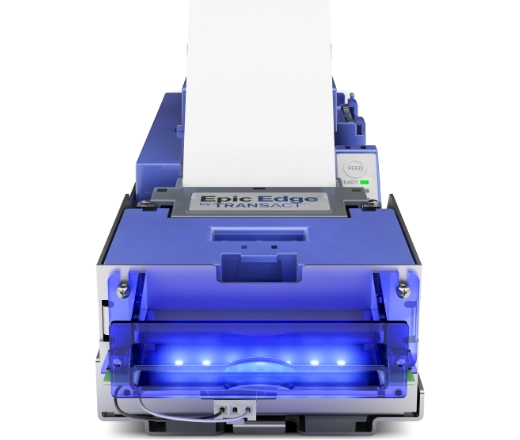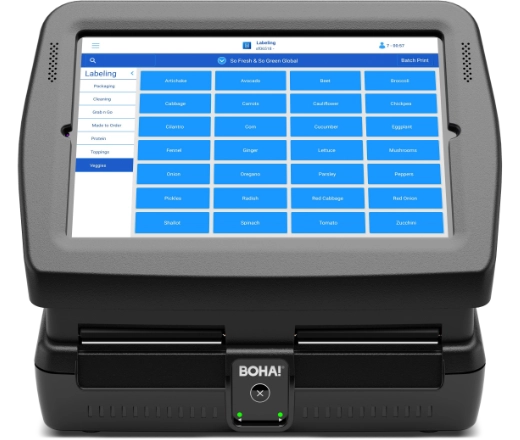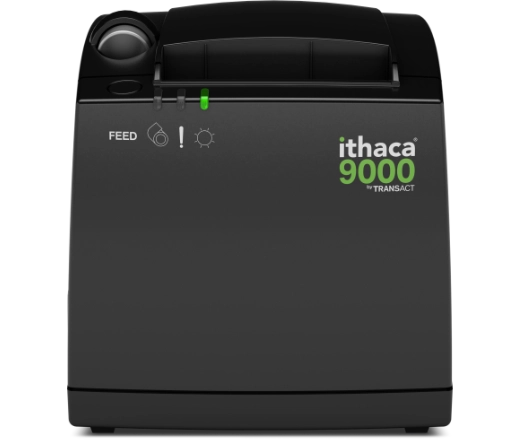Welcome to TransAct Care
One Commitment. Many Markets.
Select Your Printer
Select a printer model to access Drivers, Utilities, Downloads and Documentation

Casino Printers

Food Service Printers

Point-of-Sale Printers
Legacy Printers
TransAct Services Group
It just makes sense: in order to get the most from your Ithaca printer when it needs repair, you need to use factory-trained Ithaca experts using Genuine Ithaca parts. TransAct Service Group represents the finest quality service and repair resource available for your printer.
Service
Factory trained technicians add a level of experience, quality and care that can not be found anywhere else.
- Factory-trained technicians
- Aggressively priced flat rates
- Depot Repair
- Preventative maintenance
- Reworks field or depot
- Pick-up and delivery at selected locations
- Fully refurbished printers for sale
- Only authorized service in the United States East and West locations
Supplies
TransAct’s Genuine, factory-tested, certified supplies ensure a reliable and affordable solution for all your TransAct® brand products.
- Paper Inkjet cartridges
- Impact ribbon cassettes
- Thermal printer cleaning supplies
Order online, by phone or fax.
Orders received by 10 AM EST ship the same day!
Spare Parts
From cables, motors and spools to cabinets, cutters and motherboards, we have all your printer spare parts available for quick delivery. Order online, by phone or fax.
Need More Help?
Contact Tech Support
Factory-trained technicians add a level of experience, quality and care that can not be found anywhere else.
Warranty Status
Check the warranty status of your product.
Submit RMA
Start the return or exchange process for a defective or damaged product by submitting an RMA here.